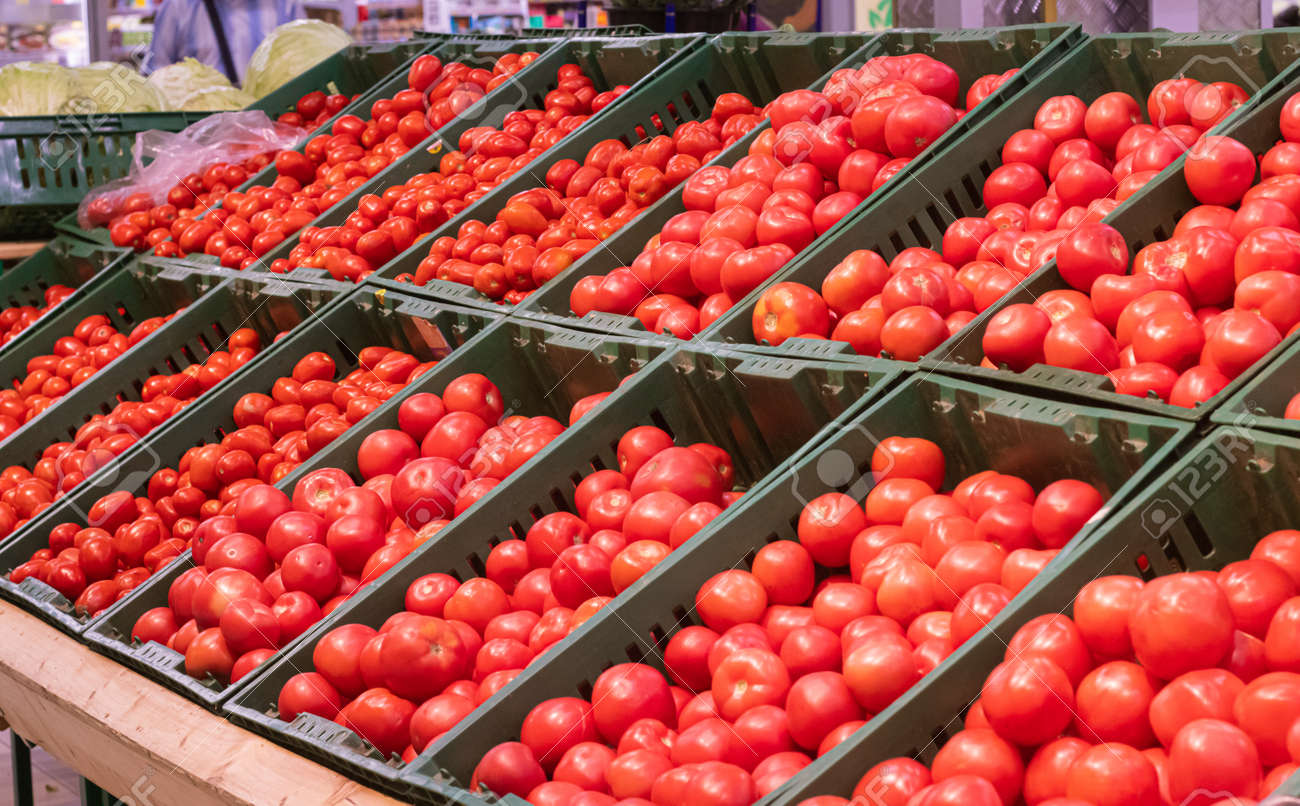
Ugandan farmers are uniquely positioned to capitalize on the recent surge in tomato prices in Kenya, driven by crop failures due to adverse weather conditions. This market shift presents a valuable opportunity for Ugandan agricultural farmers to boost their profits and stabilize their livelihoods by implementing strategic farming practices and business models.

Recent reports indicate that tomato prices have soared, rivaling even the cost of eggs in Kenya, due to heavy rains destroying crops in key producing regions. Such disruptions in the supply chain lead to scarcity, driving prices up significantly.
For Ugandan farmers, who are often affected by similar weather conditions, understanding these market dynamics is crucial.
One of the most effective ways for Ugandan farmers to benefit from this situation is through strategic crop planning and diversification. By planting a mix of crops that can withstand varying weather conditions, farmers can mitigate risks associated with climate variability.
Focusing on high-demand crops like tomatoes during periods of anticipated scarcity can lead to substantial financial gains.
To safeguard their crops against adverse weather, farmers should invest in resilient agricultural practices. Techniques such as rainwater harvesting, irrigation systems, and the use of drought-resistant seeds can significantly enhance crop survival rates and yield quality.
These practices not only ensure a more stable production but also improve the farmers' ability to respond to market demands.
Staying informed about market trends and prices is essential. Farmers can take advantage of digital platforms and agricultural extension services to access real-time market data. Collaborating with local cooperatives can also provide collective bargaining power, ensuring better prices for their produce.
Networking with other farmers and stakeholders can lead to shared knowledge and resources, further enhancing their market position.
Investing in value addition processes such as tomato processing into sauces, pastes, and dried tomatoes can significantly increase the profitability of the produce. Proper post-harvest management techniques, including adequate storage and transportation facilities, ensure that the tomatoes remain fresh and reach the market in optimal condition, reducing losses and maximizing profits.
Ugandan farmers should take advantage of various government and non-governmental organization (NGO) programs aimed at supporting agricultural development. These programs often provide financial aid, training, and resources for implementing advanced farming techniques and technologies. By aligning with these initiatives, farmers can enhance their productivity and market reach.
The surge in tomato prices presents a timely opportunity for Ugandan farmers to optimize their agricultural practices and market strategies. By adopting resilient farming techniques, staying informed about market trends, and leveraging support systems, they can not only capitalize on the current price surge but also build a more sustainable and profitable agricultural future.

















